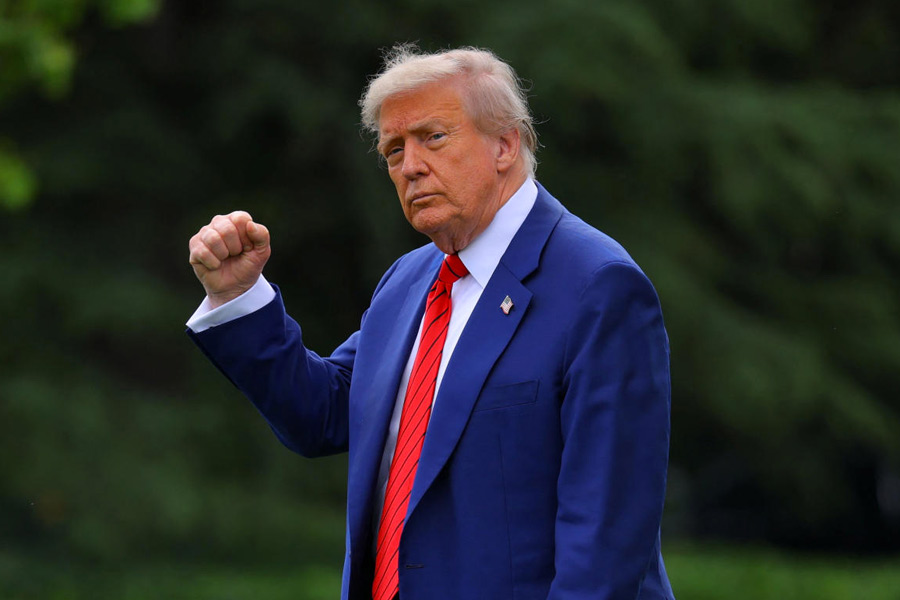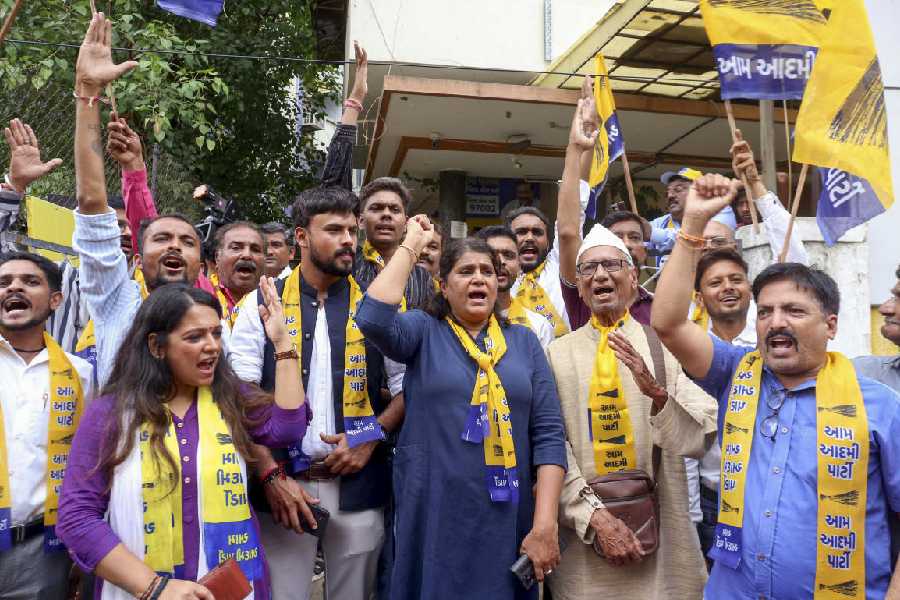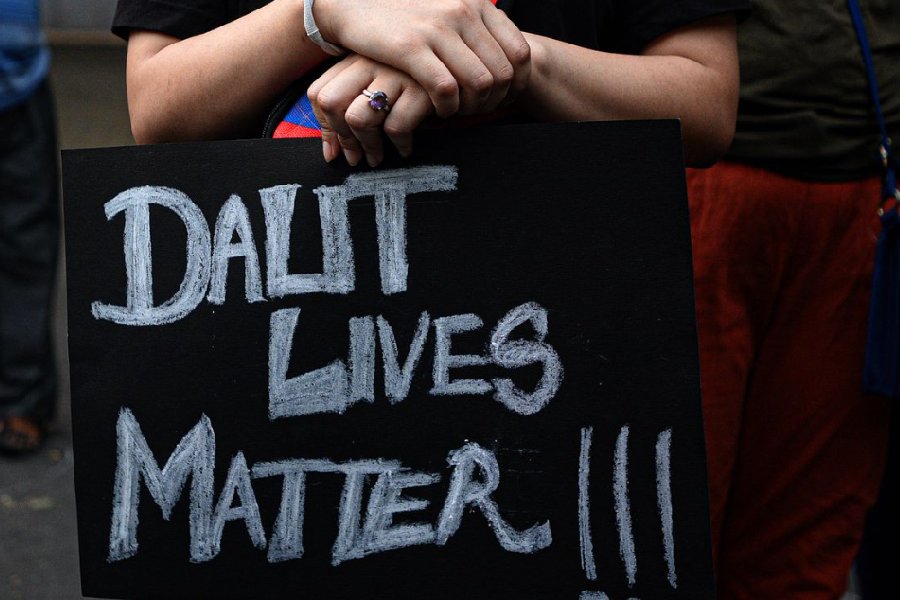|
|
| In mid-air |
The pyramidal promotion structure of the armed forces is so called because of rapidly declining vacancies as officers rise in ranks culminating in just the Chief of Staff. Not surprisingly, as one gets higher, competition gets stiffer until at the very top it sometimes becomes brutal. This is by no means a recent phenomenon, although, of late, not all tactics deployed can be termed fair. Serious unrest in one of the services some years ago and the only case of a service chief being dismissed were, in a sense, by-products of such malaise. Little wonder that the number of military appeals in courts is in many thousands.
A national daily has recently reported a brewing controversy concerning the succession to the current air-force chief. The present policy limits the Indian Air Force chief to be selected from the flying branch, which includes any specialization-fighter, transport or helicopter stream. But as reported, the next in the seniority line-up happens to be a helicopter pilot. Reportedly there are moves afoot to seek change of policy to restrict this post only to fighter pilots, one argument being that so far only fighter pilots have held this position. This type of ad hocism, if true, raises some fundamental issues.
The first is our archaic subservience to the principle of seniority which, in the case of military officers, is based on the date of commission and within the same batch, the order of merit during training. Strangely, some three to four decades later those fortunate to have survived the rigours of operational tours, wars and the challenges that military leadership throws up at every level still find themselves in the same seniority queue. This misguided concept is patently unfair to those who may have excelled in their profession and deprives the nation of the best available leadership choices.
The only way to correct this distortion, followed in other militaries, is to choose senior commanders purely on merit from a pool of seniors without assigning any priority to seniority. The criteria constituting merit must, however, be pre-determined and based on the functional requirements of the post and not fiddled to suit individuals.
It is well known that professional and management demands onprincipal staff officers, commanders and chiefs are quite different in each case and an officer excelling in one need not necessarily be as adept in another. Dumping our adherence to seniority and opting for transparent meritocracy will not only benefit the armed forces in terms of the best available leaderships, but will enhance the forces? confidence in the system and hence their morale. Two added benefits will accrue. One, the breed that studies service lists and if suitably placed age-wise bides time, will become extinct. And second, the number of court cases will drop dramatically.
Because air power played such a decisive role in the first Gulf War, it was believed that many nations would increase their own emphasis on air power. So the American air force asked RAND Corporation to analyze air forces of a number of important nations, of which naturally India was one. The RAND report, The Indian Air Force: Trends and Prospects, researched by George K. Tanham and Marcy Agmon, was published in 1995. The following extracts from their conclusions merit attention, lest we repeat history.
?The IAF is a large and professional force. But as reflected in its performance in internal budget battles and the wider political debate, it does not seem to have developed an air doctrine that articulates the importance of air power...The war in the Gulf has not appeared to improve the IAF?s political position in the Indian security community, nor has it spurred it to plan for a greater role for air power in India?s defense...Why this state of affairs?... Some have suggested that, because the IAF follows strict seniority for promotions and seldom reaches down to promising young officers, leadership tends to be older and perhaps less decisive or innovative than younger, more energetic leaders might have been. Others argue that the top-level leadership has never gotten ?out of the cockpit? and retains a pilot mentality rather than developing the quality of broad leadership that addresses the large problems, plans ahead, and provides strong overall leadership. A few argue that the fighter pilot is the top caste in the air force, and all Chiefs have been fighter pilots. Although they may be great pilots, they do not necessarily develop into the type of high level leaders the air force requires.?
It is a pity that one has to resort to a quote from a foreign source when debating as vital an issue as military leadership, but in times when joint Indo-American air force cooperation is on the rise, it is worth remembering that the American air force funds Project Air Force at RAND and considers its research highly. The concept of only fighter pilots being eligible to head the service has its roots in the early years when aircraft were simple and the fighter pilot was the ?teeth? with every other element forming the proverbial ?tail?. Not unnaturally, manning, promotion and command policies amongst the officer cadre came to be centred around this single concept.
Air power of today, however, is a whole new ball game. It is about the most advanced technology, managing and operating space assets, missiles of all hues, unmanned aircraft performing even combat missions, airborne command and control systems which, in effect, act as operational command posts, network centric warfare, software solutions to operational problems, complex engineering and support functions and many others. Air power today entails such widely diverse specializations that dubbing any one area, as the centrepiece of air power is to miss air power?s vast potential. Indeed, because of the fusion of air, satellite and computer technology, air power today is being billed as an integrating force and potentially a superior architecture for conducting war. Commanding a modern air force with such diverse capability and planning for it operationally, technologically and human resource-wise is not a task that can be considered the forte of any one specialization. It needs not just an integrated team of specialists but a professional airman and manager par excellence at the helm.
It would appear that much of this has completely missed our security managers. The political leadership has failed to understand the deeper security ramifications of not adopting a chief of defence staff concept and the services seem content with the status quo. This leaves the Chiefs of Staff as both operational commanders and responsible for future plans and programmes of the service. In the event, they can perform neither task optimally. There is an added contradiction. There are two operational commands, the strategic forces command and the Andaman and Nicobar command, which are tri- service in nature and can be commanded by officers of any service. This is in keeping with trends of modern integrated warfare. But when a command with combat aircraft can be commanded by a soldier or sailor why not the air force by a pilot other than a fighter-pilot or indeed, with suitable grooming, by an engineer?
One challenge thrown up by the revolution in military affairs to those responsible for management of security is how to blend sometimes-conflicting requirements of specialization with integration and decentralization with effective command and control. Today, no defence manager or commander can hope to know all or be able to do all. Broadly, specialization and operational experience must drive appointments of those at field formations. As the management chain recedes from the field, wider knowledge and expertise should drive appointments at higher formations.
Senior management positions at the service head quarters, integrated staff and ministry of defence would need to be driven by the philosophy that higher management positions in defence require a wider vision of management, leadership and interpersonal qualities rather than specific professional specialization. Modern warfare and security management are too challenging to be held hostage by primitive notions.











